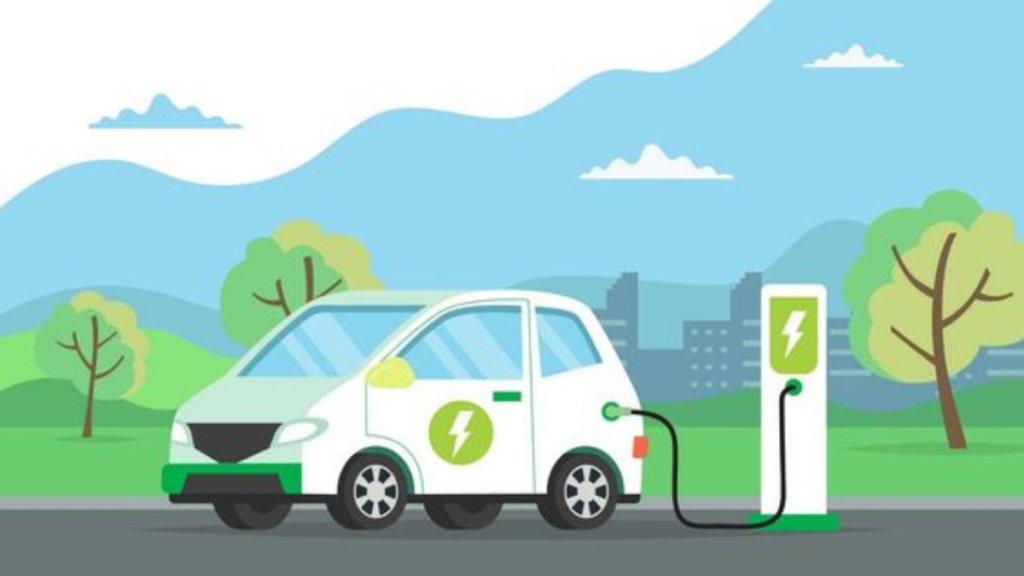Navigating BluSmart’s Fare Evolution: Striking a Balance Between Innovation and User Expectations
Introduction:
In a surprising move, Delhi-NCR-based electric mobility startup BluSmart has introduced a revamped fare structure that includes surge pricing during specific time slots. This strategic shift comes in contrast to the company’s initial promise of zero cancellations and zero surge pricing, setting BluSmart apart from its ride-hailing competitors like Ola and Uber.
New Fare Structure Details: Starting from January 8, BluSmart’s innovative pricing model distinguishes between rush hours and relaxed hours, aiming to provide flexibility and transparency to users. The two defined rush hour periods for city rides are from 8:30 am to 10:30 am and 5:30 pm to 8:00 pm on weekdays. Additionally, airport rush hours span from 3:30 am to 6:30 am and 9:00 pm to 1:00 am, applicable throughout the week.
Surge Pricing During Rush Hours: During these peak rush hours, BluSmart will implement surge pricing, aligning itself with the practices of traditional ride-hailing platforms. This move suggests that the company may be responding to market dynamics and seeking a balance between meeting increased demand during specific time frames and ensuring fair pricing for users.

Fares Outside Rush Hours: To maintain its commitment to customer satisfaction, BluSmart promises regular or reduced rates during ‘relaxed hours,’ which encompass periods outside the specified rush hours. This approach aims to reward users who can plan their trips during non-peak times, encouraging a more even distribution of demand throughout the day.
Founders’ Initial Promise: BluSmart initially gained attention by vowing to eliminate common pain points experienced by users of traditional ride-hailing services, such as cancellations and surge pricing. This shift in pricing strategy might raise questions about the challenges BluSmart faces in balancing sustainable business operations while upholding its initial promises.
Impact on Users and the Industry: The introduction of surge pricing by BluSmart could have various implications for both users and the broader electric mobility industry. Users may experience changes in their travel costs, particularly during peak hours, while the industry may witness shifts in competitive dynamics as BluSmart adapts its strategy to remain viable in a competitive market.
Conclusion:
BluSmart’s decision to introduce surge pricing during specific rush hours reflects the dynamic nature of the electric mobility sector. As the industry evolves, companies must make strategic adjustments to ensure sustainability while meeting customer expectations. BluSmart’s innovative fare structure signals a willingness to adapt, but only time will tell how users and the market respond to this U-turn in their zero surge pricing commitment

